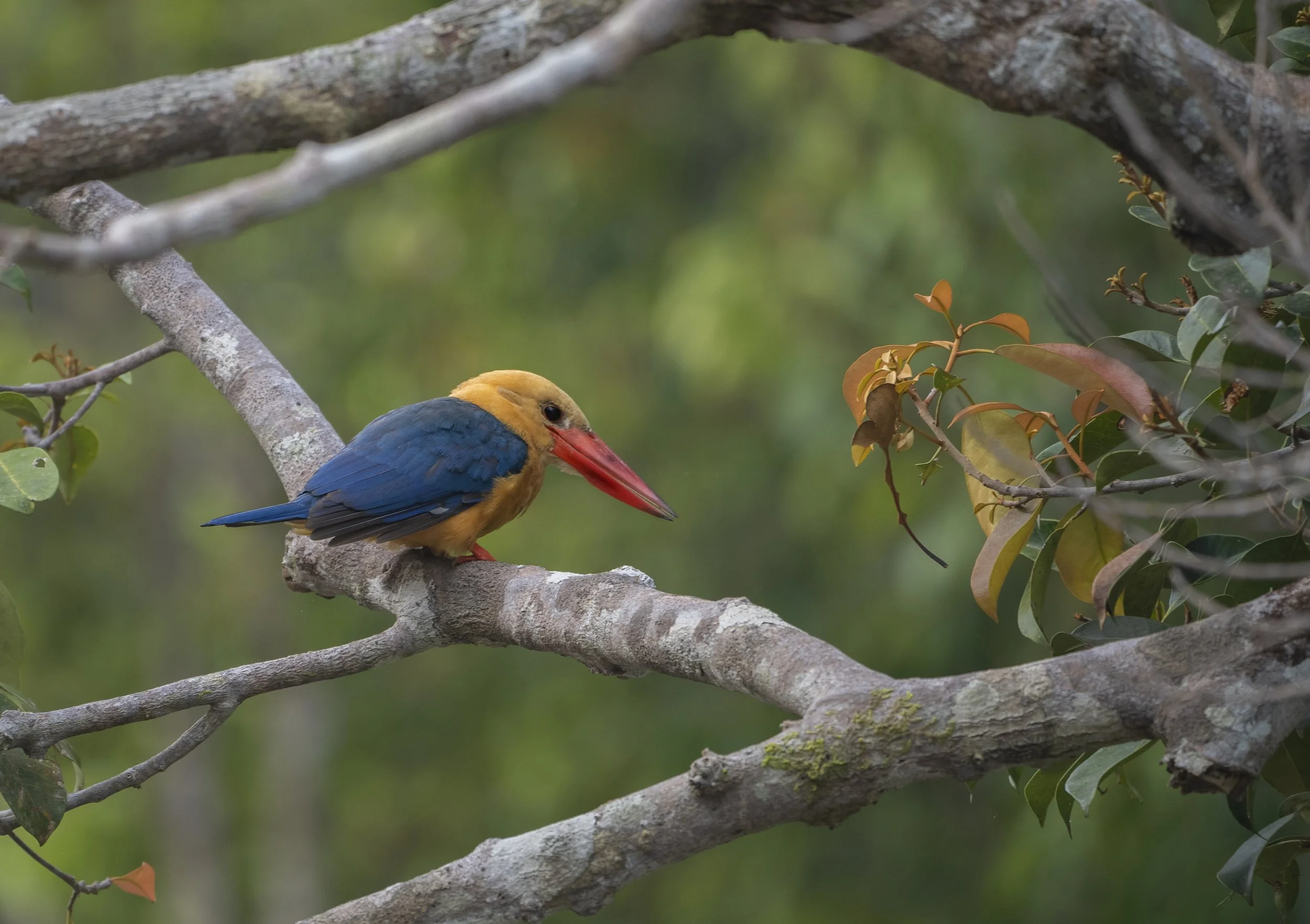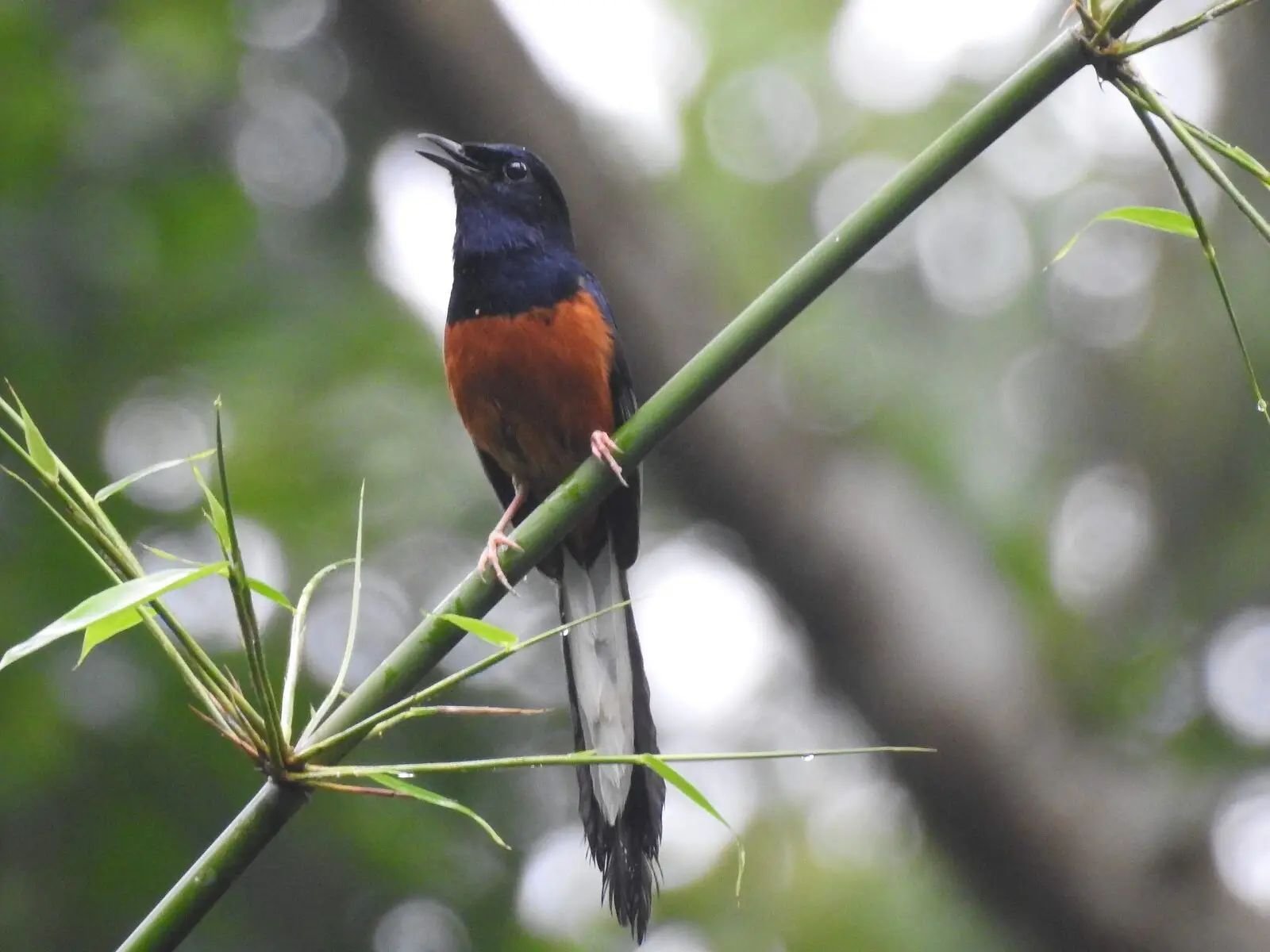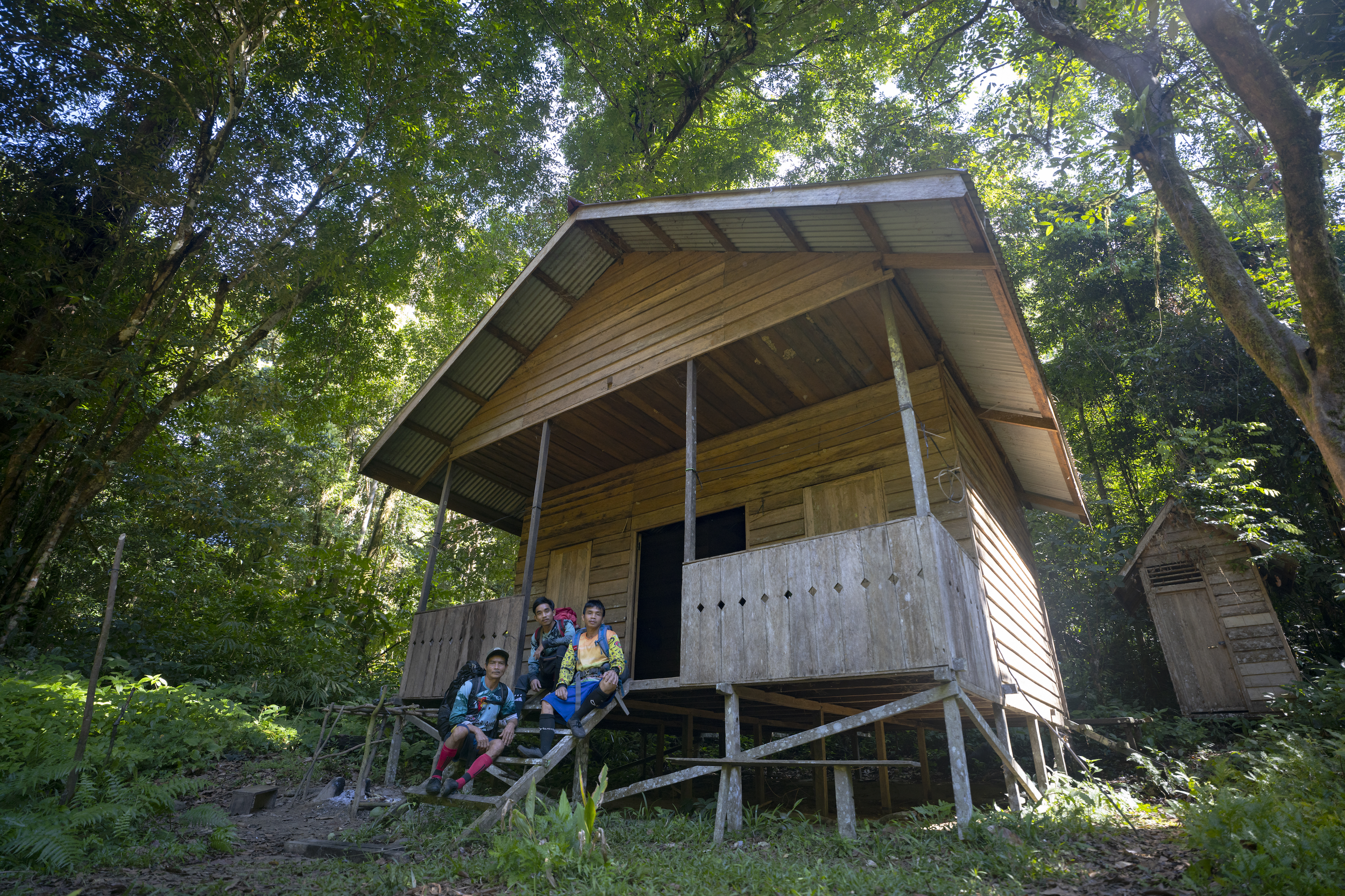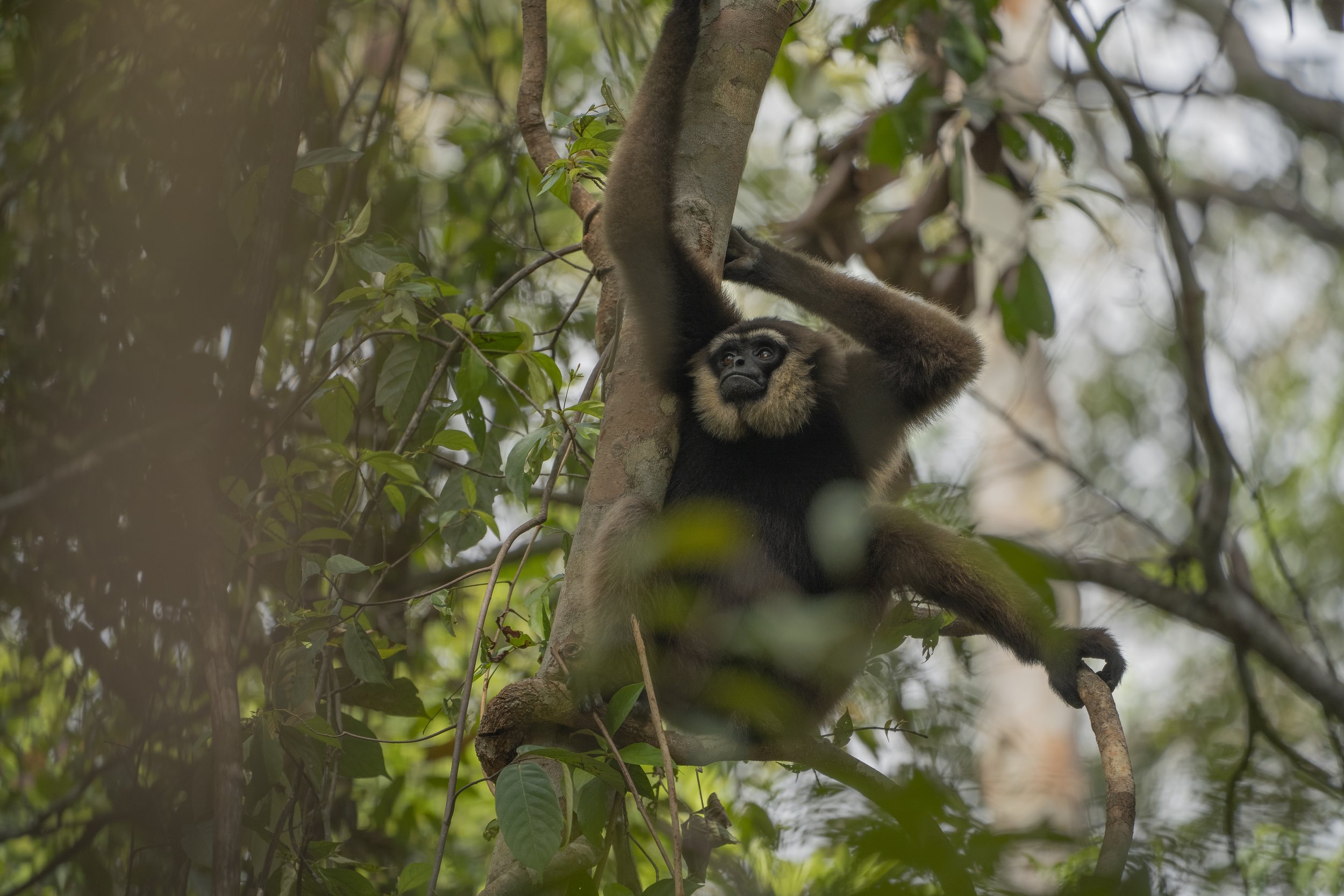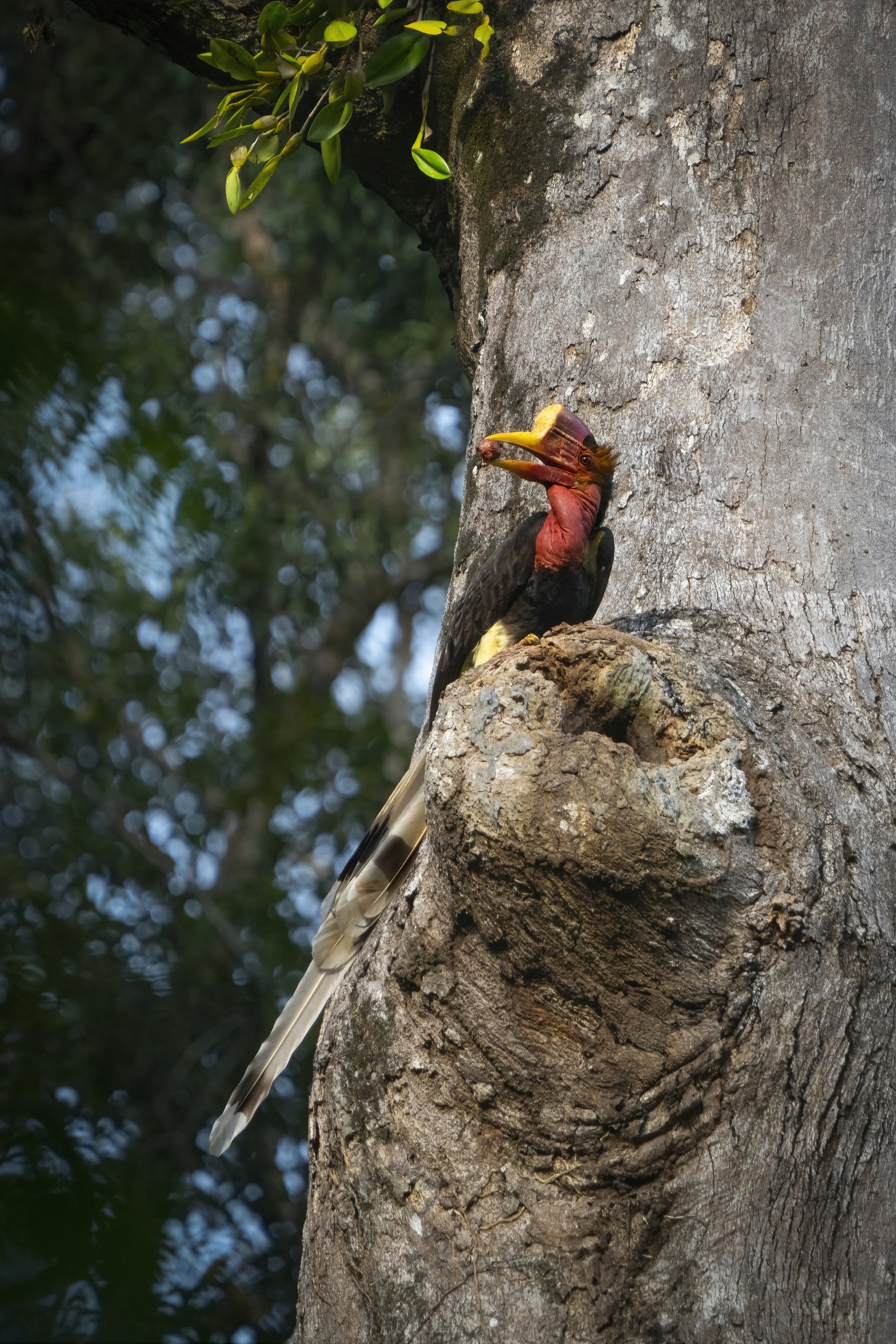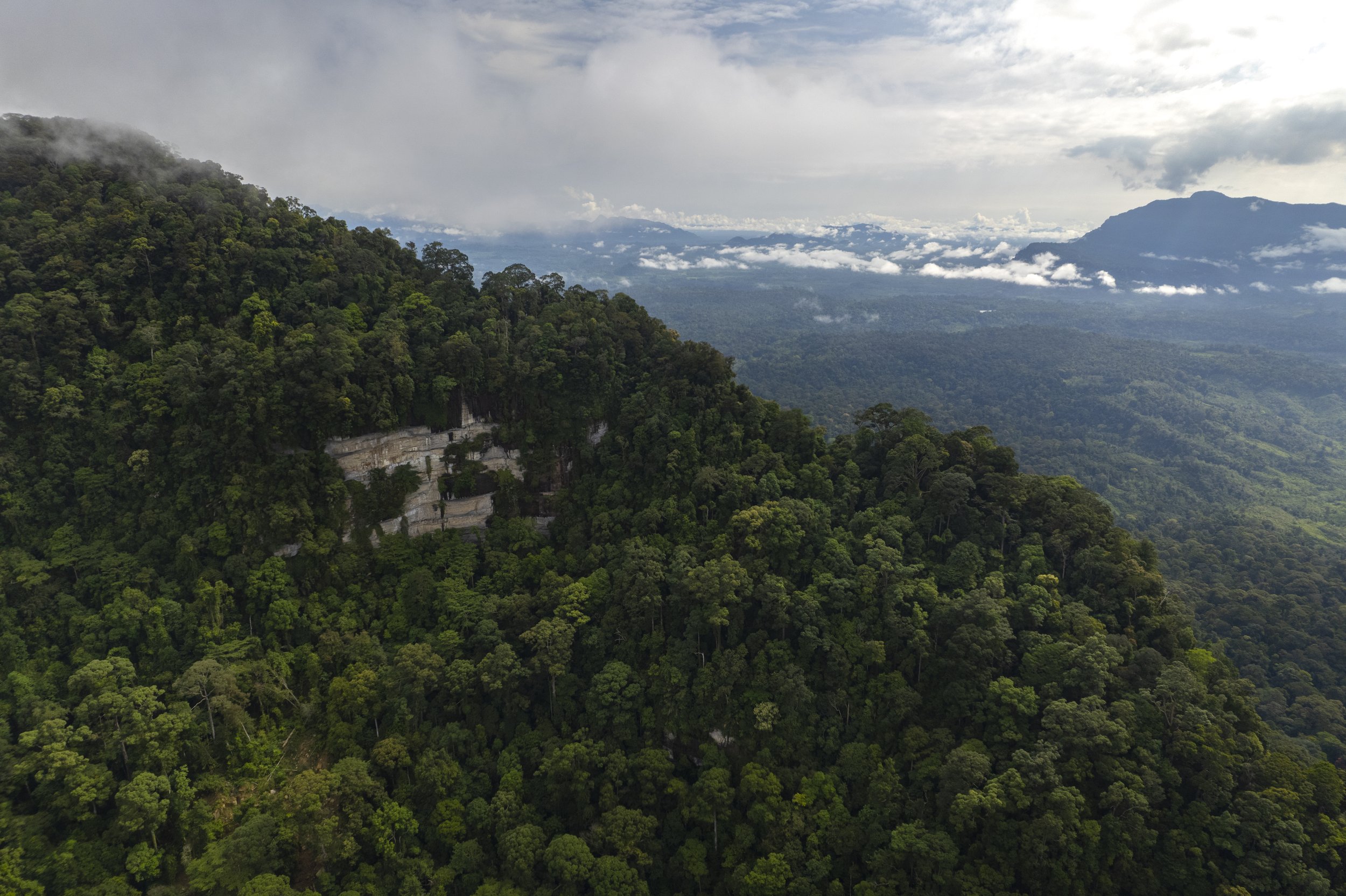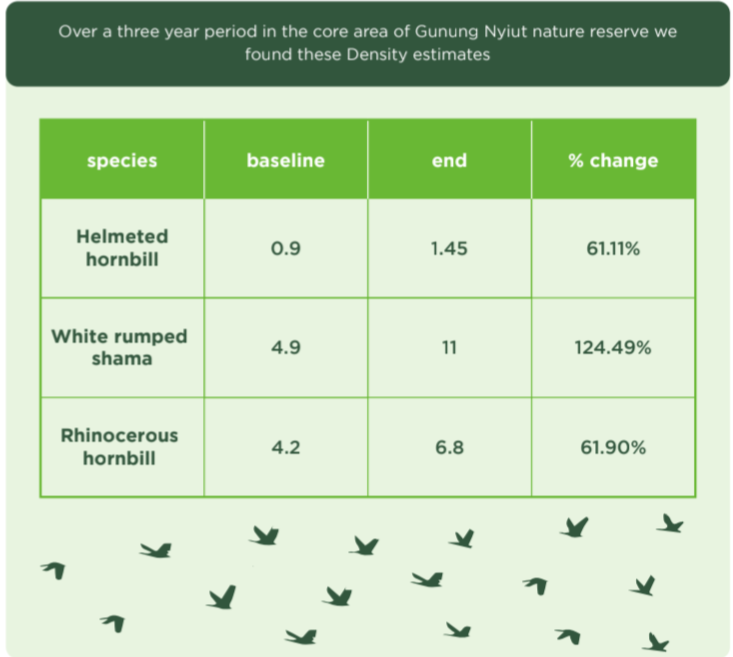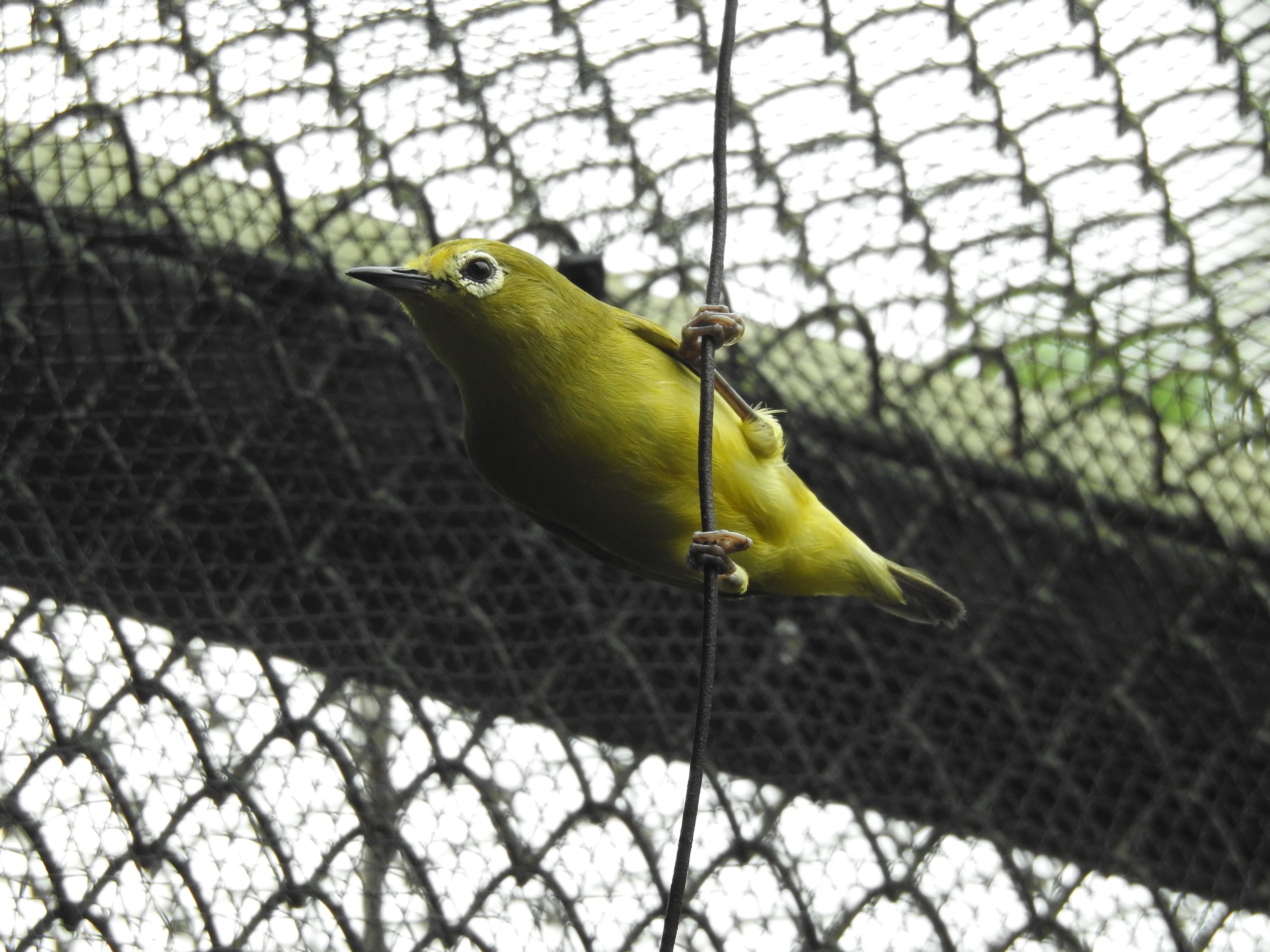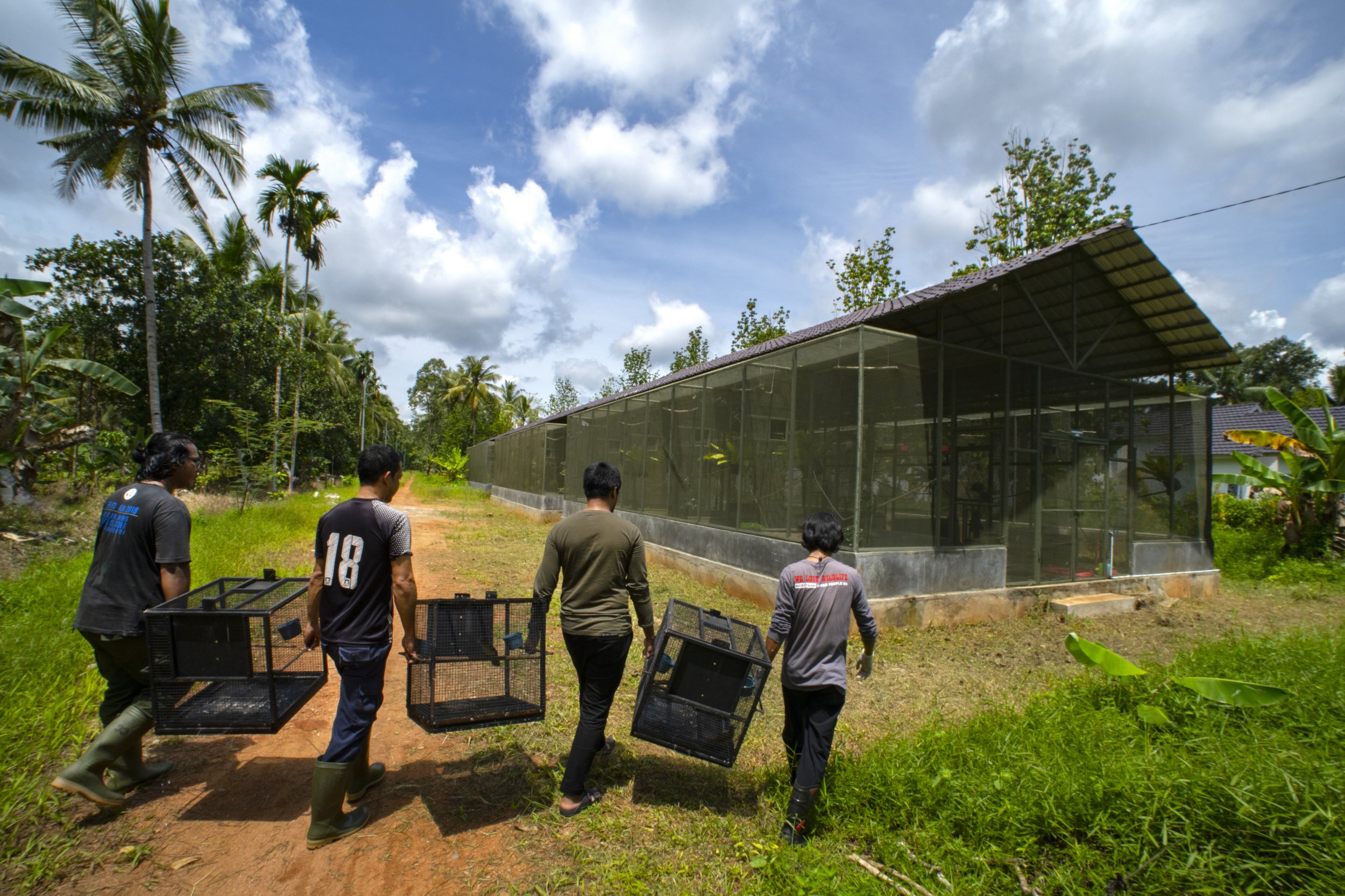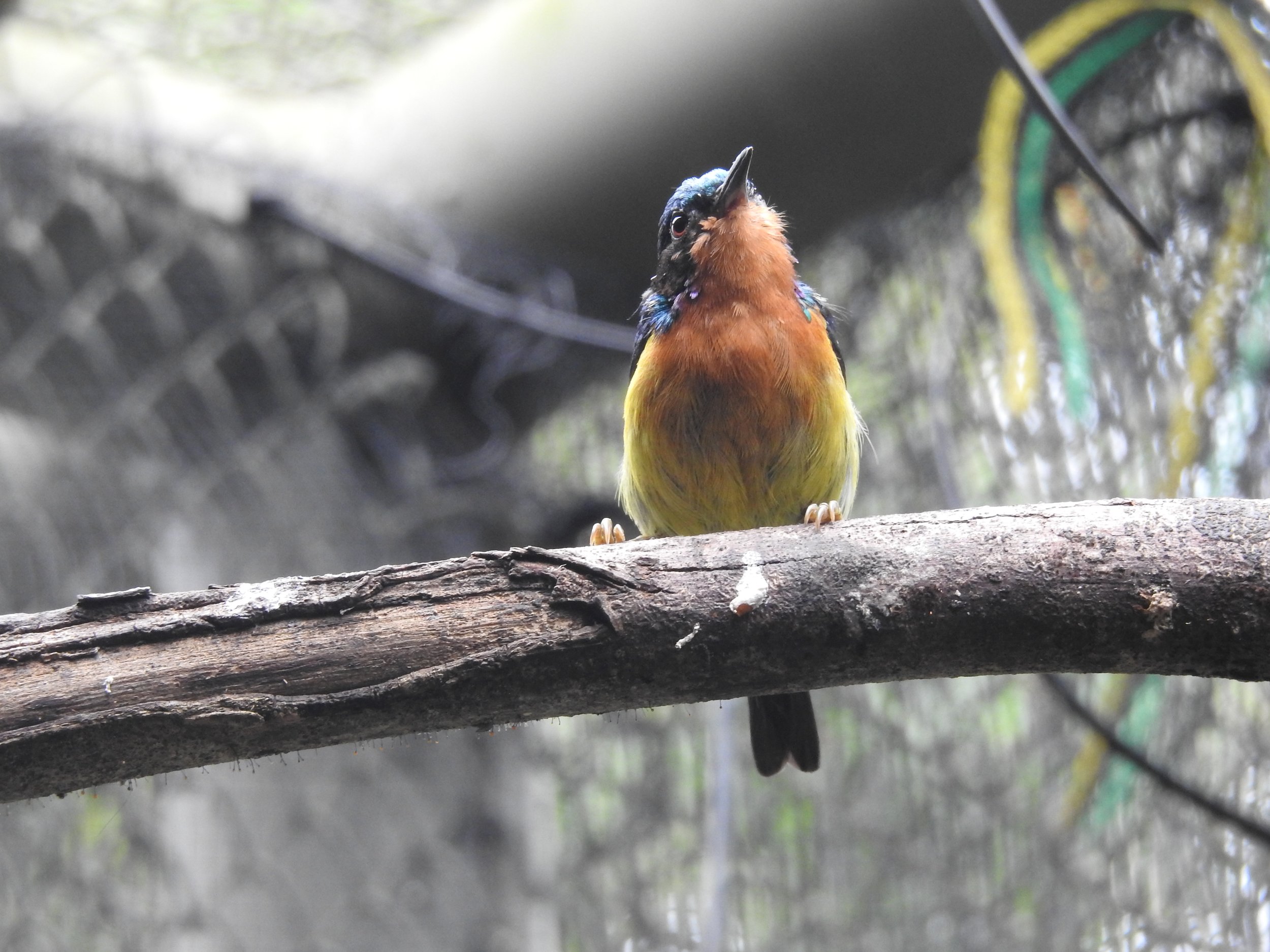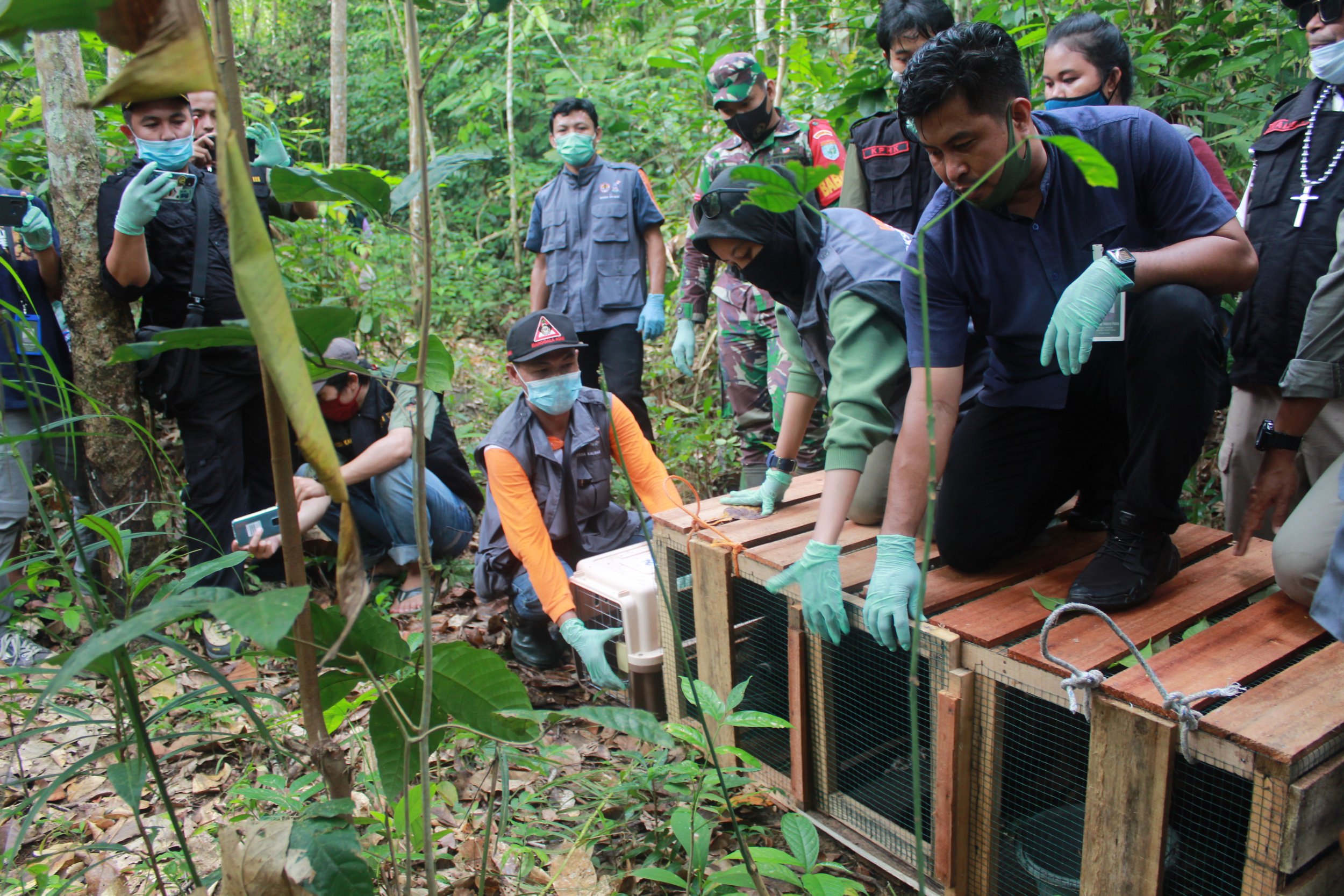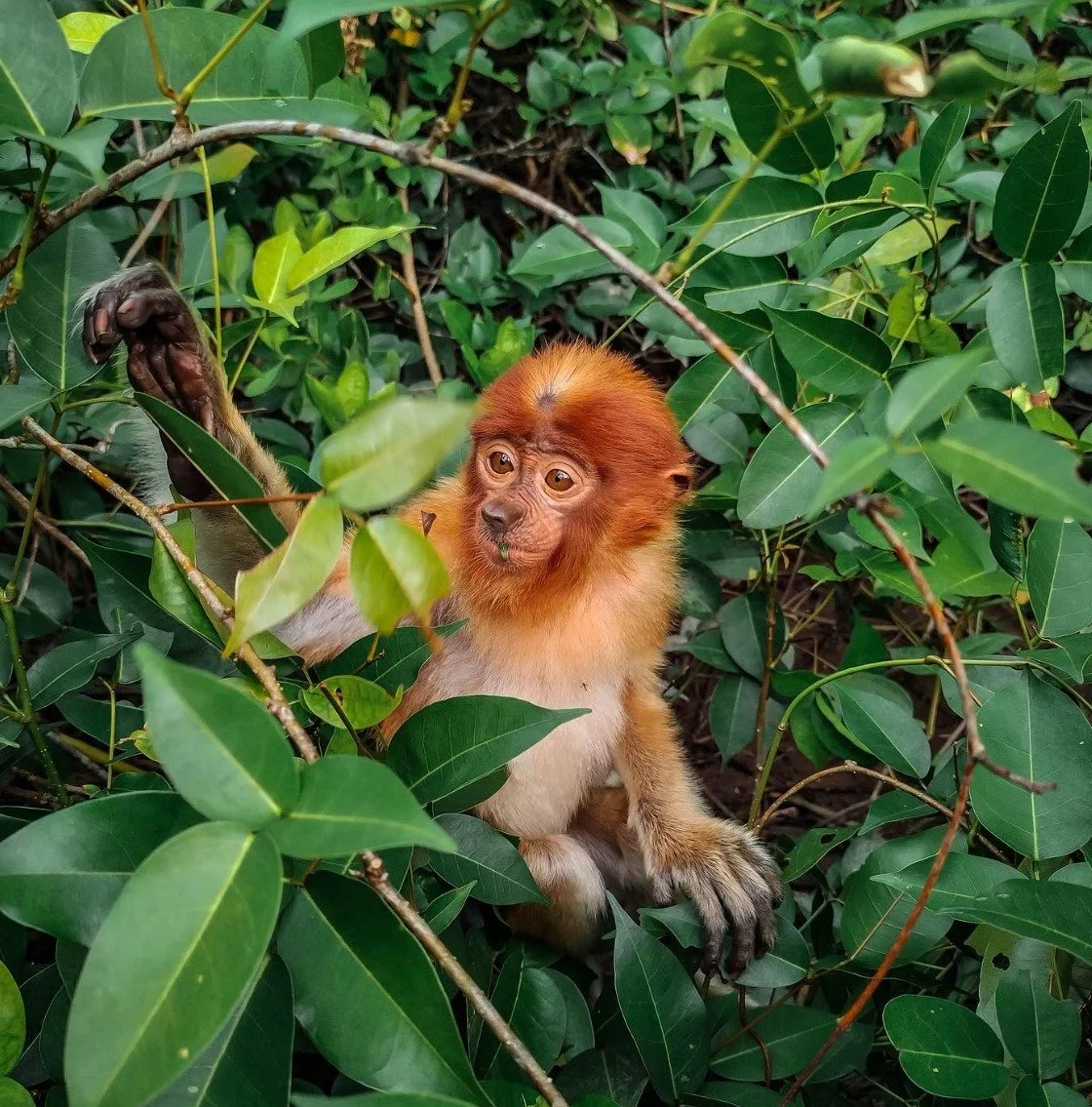World Wildlife Day: community-led conservation saving species
Thriving people in Thriving places, this is what we strive for.
The conservation, protection and management of the wild species that dwell in the forests, mangroves, rivers and oceans of Indonesia is a critical component of a healthy ecosystem. Maintaining a biodiverse landscape when the world is on the brink of a sixth mass extinction event is becoming more challenging every day. Our holistic core model, is designed to put communities at the center of this and we employ both in-situ and ex-situ conservation programs and a range of monitoring techniques to restore and maintain the balance between humans and nature.
We share with you this collection of stories and the impact for World Wildlife Day.
wildlife in Gunung Nyiut
Real-time community-led patrols over 70 months have resulted in a remarkable 60% reduction in exploitative activities, demonstrating the tangible outcomes of our core model approach when you center communities at the heart of environmental protection. This data is taken from our biodiversity monitoring team and our community-led SMART Patrols, who work with us daily to provide essential environmental monitoring information in this area (see them pictured at our research center below).
We are seeing wildlife return to the area and in monitoring nests of highly threatened species we have seen helmeted hornbill populations rise by 61%. Also, White-rumped Shama - a sought-after songbird in the wildlife trade - rose by 125% in the Gunung Nyiut Forest complex over a three-year period.
Connecting People and Planet: Exploring Digital Innovation in Wildlife Conservation
As you might imagine, finding and recording wildlife in dense rainforests is difficult. The Gunung Naning Protection Forest spans the 2 million ha Arabella-Schwanner landscape, and is home to the world’s largest Orangutan population. It is vastly bigger than the Gunung Nyiut site we work in. The traditional ways of monitoring wildlife here are just not possible. Therefore, we got together with the team at Rainforest Connection, and with their help and with advances in AI, Planet Indonesia is embarking on a new journey to utilize bioacoustics and AI to monitor biodiversity at scale and democratize the access to data for frontline community partners.
We cannot bring you all the details at this stage as the project is still evolving, but utilizing advances in tech and building new partnerships while improving data justice for communities is something we are very excited about. Please stay tuned as we bring you more information over the year. A huge thanks to Cartier for Nature and Cartier Philanthropy for supporting our partnership. Below is their video they created to celebrate the projects they support on World Wildlife Day.
Success for the first year of the songbird rescue center: Wak Gatak rescuing birds from the wildlife trade
Copper-throated sunbird at the rescue center photo by Happy
955 birds have been rescued from the wildlife trade.
This is a massive achievement for our daughter organization and ex-situ branch of our work at the Wak Gatak Rescue Center in its first full year of operating since opening in 2022. Birds of 23 different species have made their way through rescue, quarantine, and rehabilitation and 81 birds have been released back into the wild.
Unfortunately, not all birds make it, with foul pox and injuries from transport taking a toll on birds that are captured for the wild-caught bird markets worldwide. The small but dedicated team of vets, bird caretakers, and volunteers in West Kalimantan's only songbird rescue center have worked night and day to rescue all the birds they can and make this center a success! Now it is in the process of becoming a Special Conservation Institute as a recommendation from the government of Indonesia.
Together both Planet Indonesia’s community-led in-situ programs and Wak Gatak’s ex-situ programs are aimed at holistically addressing and reversing the negative impacts of biodiversity loss on West Kalimantan’s forests.
How trust in conservation is positive for wildlife: A feel good story.
Last year, our team received a call from a coastal community we work with in Kubu Raya to say a baby proboscis monkey was found alone in the mangrove forest, without a mother or group. The residents of the area have deep ties with nature and care deeply for the animals in the area. Not wanting to leave the baby alone, they rescued it with a net box trap and called us for help. Now it is not every day we get calls like this, but we do have vets and wildlife experts on staff, and they immediately jumped into action.
When the team got to the village, they provided insights on the dwindling proboscis monkey population and its protection status to the community, and then they worked together to create a plan to release the primate. The baby proboscis monkey was given water and food and then released back into the wild near a known proboscis monkey colony. Once released, the young monkey was observed from a distance to ensure it could navigate independently and rejoin its group.
Baby Proboscis monkey photo by Ripin
Our ties with communities are strong, with many of our team coming from the communities in which they work. We prioritize relationship building and trust with our village partners, and we attribute this to the impact we have been able to make together. We know in the past, communities have been let down and blindsided by broken promises and misalignment of values with external conservation organizations. It is something we set out, in the beginning, to do differently and get right for the people we work with and the ecosystems they protect. When we get calls like this and communities can work with us to protect wildlife, we know our relationships are strong and that important species will continue to thrive in Kubu Raya.
Happy World Wildlife Day
If you have any questions please reach out via admin@planetindonesia.org. Sign up for our newsletter and follow us on our social media Facebook here and Instagram here to get timely updates on our activities, an insider’s look into the lives of front-line conservationists, and ongoing programs.

